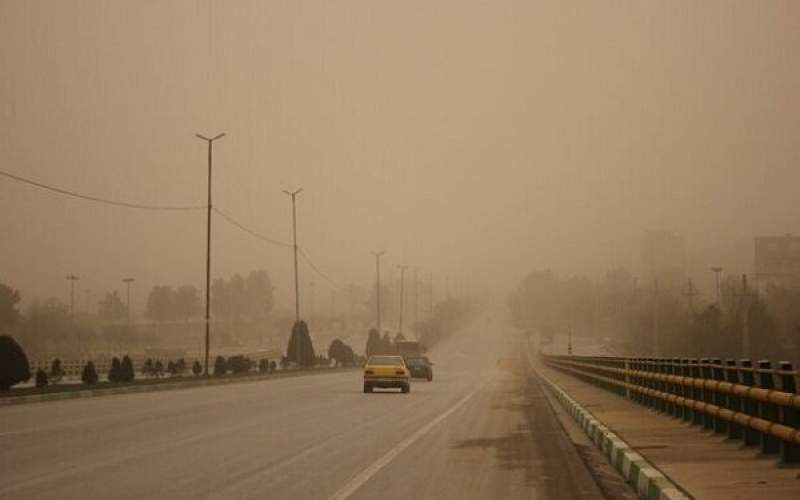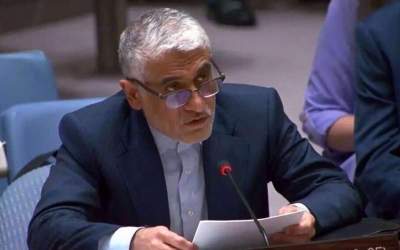The Iran Project
: The Department of Environment is taking measures with the aim of dealing with sand and dust storms in Sarakhs County, near the border with Turkmenistan.
Friday 9 February 2024 - 13:16
Story Code : 414774
Source : Tehran Times
DOE to combat SDSs in Sarakhs bordering Turkmenistan
Ali Salajeqeh, the head of the Department of Environment, has said some 170 thousand hectares in four regions are the sources of sand and dust storms. This is an integrated and comprehensive plan designed for the next five years.
In August 2023, Iran and Turkmenistan emphasized the need to cooperate in tackling sand and dust storms originating from the Karakum Desert.
Expert teams from both sides agreed to investigate the origin of the dust in Turkmenistan that affects the northeastern part of Iran.
According to studies, eight large sand and dust storm hotspots stretching to 270 million hectares in neighboring and Persian Gulf countries are affecting Iran.
Regional maps show that Saudi Arabia produces the highest level of particulate matter, followed by Iraq, Syria, Kuwait, and the UAE, respectively.
The internal dust sources are estimated at 34.6 million hectares, generating an average amount of 4.22 million tons of dust per year, about 1.460 million hectares are dried wetlands.
To deal with sand and dust storms, positive measures have been taken inside the country. A ten-year plan has been prepared to curb internal sources of sand and dust storms.
In July 2022, Tehran played host to a conference of ministers and officials from 11 countries, aiming to boost cooperation for resolving extant environmental problems, especially sand and dust storms.
Environment ministers of Iraq, Armenia, the United Arab Emirates, Oman, Syria, and Qatar, as well as deputy ministers of Azerbaijan and Turkmenistan along with delegations from Turkey and Uzbekistan, participated in the event which was held with the theme of “Environmental Cooperation for a Better Future.”
The SDS phenomenon has been plaguing the country for several years and has caused problems in many provinces. According to experts, natural and human factors are involved in the occurrence and severity of this phenomenon which is mainly caused by excessive consumption of water and drying up reservoirs.
Reporter : Editorial of The Iran Project
# Tags











